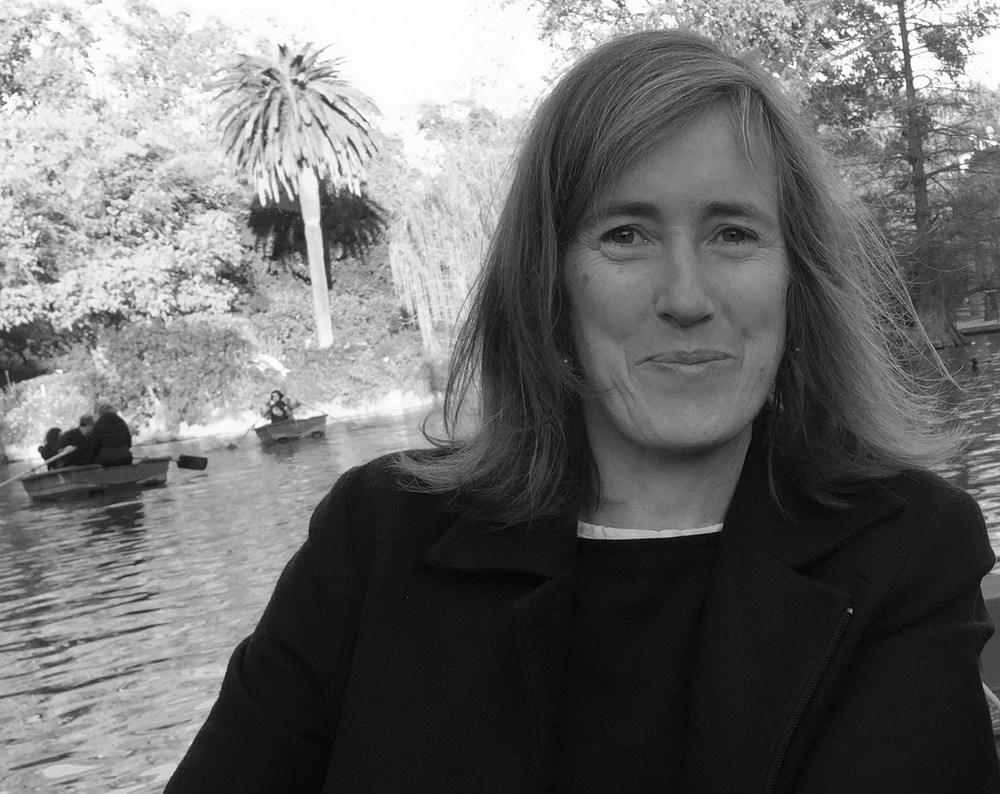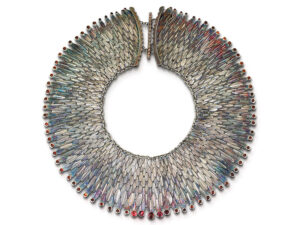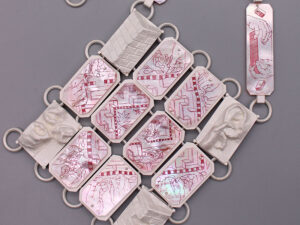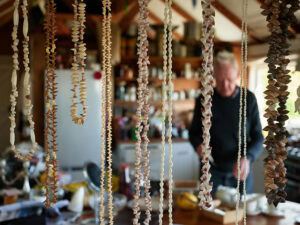
- Nelson Jewellery Week (NJW) aims to provide a platform that encourages collaborative long-term relationships between local and national jewelers, and future opportunities within both the Whakatū (Nelson) and national arts and design communities
- The event was first held in Nelson, Aotearoa New Zealand, in March/April 2021
- It has no specific theme
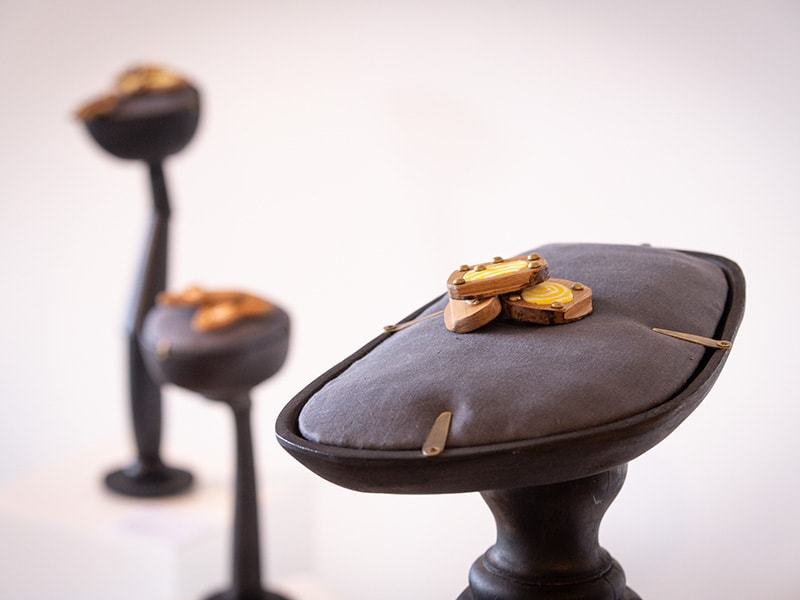
Vicki Mason: How did Nelson Jewellery Week come into being?
Kay van Dyk and Katie Pascoe: Kay, who is on the board of trustees at Arts Council Nelson (ACN), was part of a discussion while planning exhibitions for the council’s Refinery ArtSpace gallery. The Handshake Project (Peter Deckers and Hilda Gasgard, Wellington, NZ) was programmed to show work as part of their significant 10-year anniversary exhibition. It was suggested that we situate a jewelry event around this exhibition to give it a wider context, and to celebrate contemporary art jewelry making in Aotearoa. The 10-day event included multiple exhibitions, public talks, workshops, and social events.
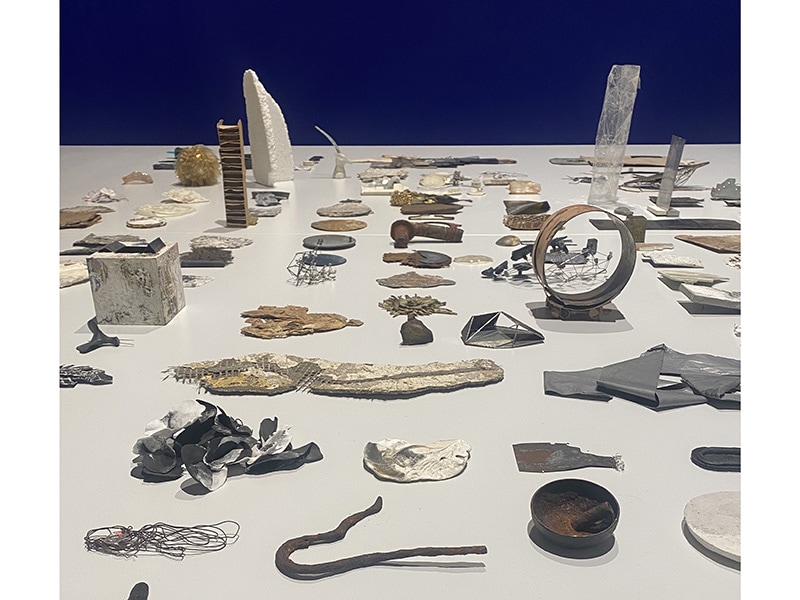
Vicki Mason: Tell us about Nelson and the role contemporary jewelry plays there.
Kay van Dyk and Katie Pascoe: Historically Nelson was a center of fine gold and silversmithing through Jens Hansen, a Danish jeweller who emigrated to New Zealand in 1952, and to Nelson in 1968. Scandinavian design was new to NZ and to Nelson. Many well-known New Zealand jewelers went through the workshop, including Ray Mitchell, Gavin Hitchings, Kim Brice, and Warwick Freeman.
A small number of art jewelry makers currently live in Nelson. They have come through Nelson Marlborough Institute of Technology Bachelor of Arts and Media, and through Whitireia (Wellington) Bachelor of Visual Arts (Jewellery). Two public galleries support and exhibit contemporary art jewelry: Te Aratoi of Whakatū The Suter, and Refinery ArtSpace.
There is, of course, a strong tradition of Ngā Toi (Maōri arts and crafts) with contemporary makers working within the field. Neither Katie nor myself feel qualified to speak specifically to this, but it is a subject much written about by people such as Damian Skinner. Argillite/pakohe stone is found locally. It was (and is) used for taonga (a treasured possession, highly prized) such as jewelry and tools.
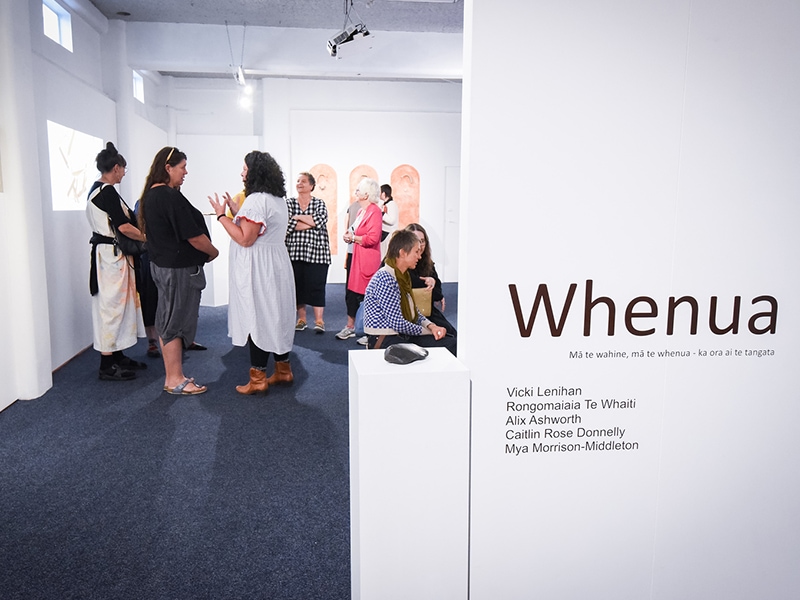
Vicki Mason: What criteria did you employ to select the events, workshops, talks, and exhibitions that made up the program?
Kay van Dyk and Katie Pascoe: The call went out to makers on our database, with a small number of makers personally asked to submit a proposal. NZ being small, word of mouth also works very well. Exhibitions were selected for their resolution of concepts and innovation, and matched to galleries/venues/windows. With 16/28 exhibitions being group shows (two to eight jewelers) and over 100 makers, finding venues was challenging, but we managed to select a great range of relatively new to mid-career and experienced makers. Potential workshop tutors were approached for their interest in teaching, so we could include workshops for a range of introductory, mid-career, and beyond makers.
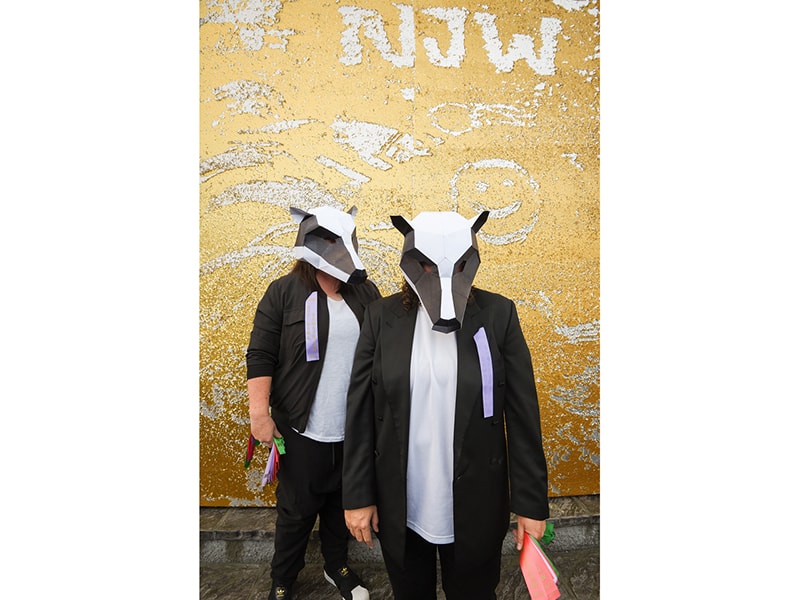
Vicki Mason: Now that you’ve had time to process, share your reflections with us.
Kay van Dyk and Katie Pascoe: We’d like our main public gallery, Te Aratoi of Whakatū The Suter, to stay on board and include curated exhibitions to coincide with NJW 2025. We’d like to include a retrospective exhibition of a well-known Aotearoa maker, to be decided. With interest growing in the event we envisage many more EOI for 2025 so we will need to consider more robust requirements and selection processes.
Kay van Dyk: I knew about the generosity of the jewelry community, but it became more apparent just how evident and strong this is. Jewelry people are up for having fun. Creating an opportunity for them to meet up and be together makes me happy, it’s worth all the hard work.

Katie Pascoe: I 100% agree with Kay on this! The jewelers and the makers are at the heart of this festival and everything radiates out from there. The goodwill they brought to NJW makes it all worthwhile.
The appetite for learning opportunities is huge, particularly with the loss of jewelry degrees and masters’ programs in New Zealand. Technical and conceptual workshops will continue to be a large part of our ethos and we will work with smaller workshops to provide these where possible. Feedback from the year is to include more workshops for mid-career to experienced makers, particularly technical workshops from esteemed jewelers. We are discussing making the festival seven days and bringing other people on board during the event to support the “roll out.”
Kay van Dyk: [Prior to the event], the thought of going out 10 nights in a row was terrible, but it turned out to be great!
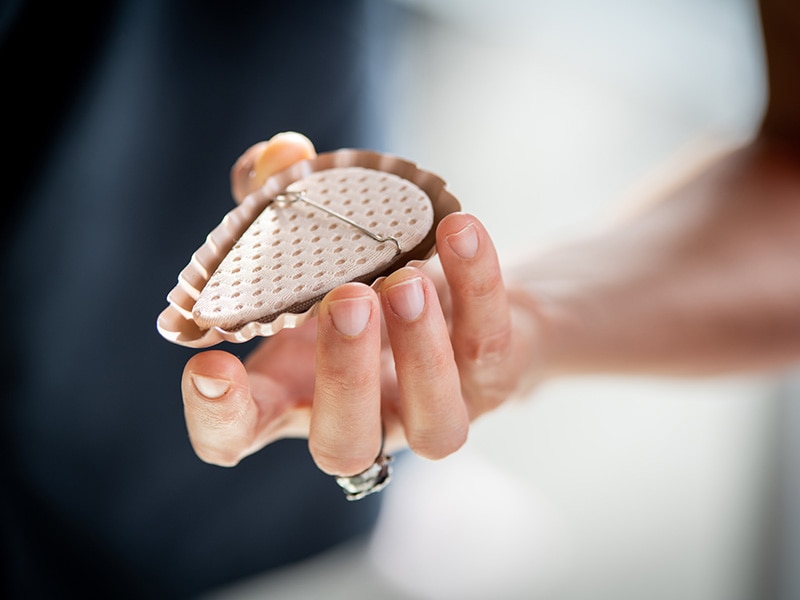
Vicki Mason: What were some unexpected outcomes?
Kay van Dyk: I was surprised that people came to NJW from Australia, both makers and their partners as part of the Licky show. Licky, a group show by lesbian artists, is the first of its kind that’s known within New Zealand and Australia.
Katie Pascoe: I am a big believer in art being a generative experience for all. Running the festival really bought home the real power of art and craft to foster connection and build a joyful community.
Hearing the amount of feedback from people who happened upon work in windows and Buildings Need Jewellery, and the life they said it brought to town and the community. The opportunity to experience art in everyday situations excites us as makers and project managers.
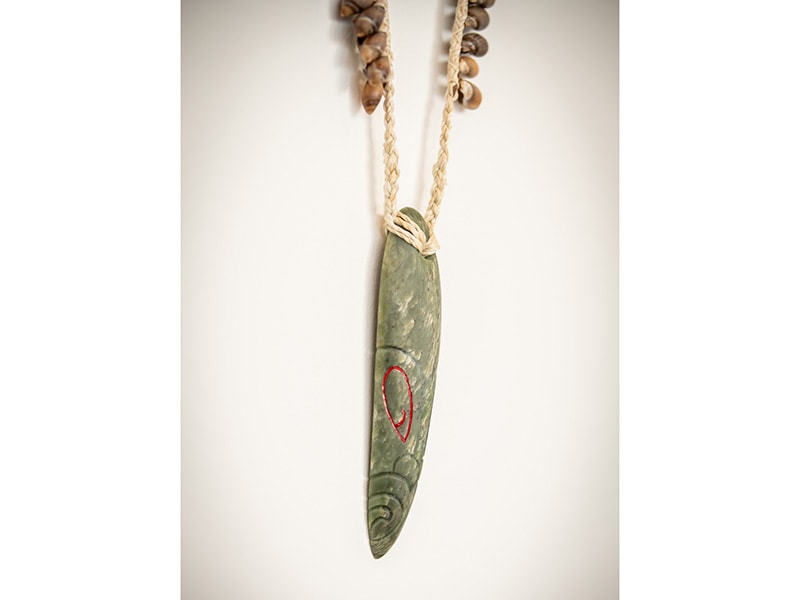
Vicki Mason: Nelson is removed from big-city hustle and bustle. How did this affect the program/tone of your week?
Kay van Dyk and Katie Pascoe: The size of Nelson has advantages. All the exhibitions and venues were walkable between each other and from accommodations. There’s no need for car rental and the airport is a 10-minute drive away and there are a great range of accommodation choices in Nelson.
Nelson is a beautiful and small place. The town offers easy walking distance to most amenities and is close to the sea, rivers and mountains. The views are spectacular! And I would argue it has the best city beach—Tahunanui—in Aotearoa NZ. There’s a history of appreciating and supporting the arts and crafts within the region, with many excellent carvers, potters, and jewelers being part of its history. It’s also the birthplace of World of Wearable Arts. Galleries and venues around the town have been amazingly supportive of Nelson Jewellery Week from the get-go and this community support has only grown in 2023.
It could be seen as a limitation that there are a finite number of places to show work in established (public or private) galleries. But many businesses have come on board to showcase work in their windows, and this fits in with the ethos of the public “happening on” jewelry as part of the everyday. There are two public galleries, and five private galleries were involved in this year’s NJW.
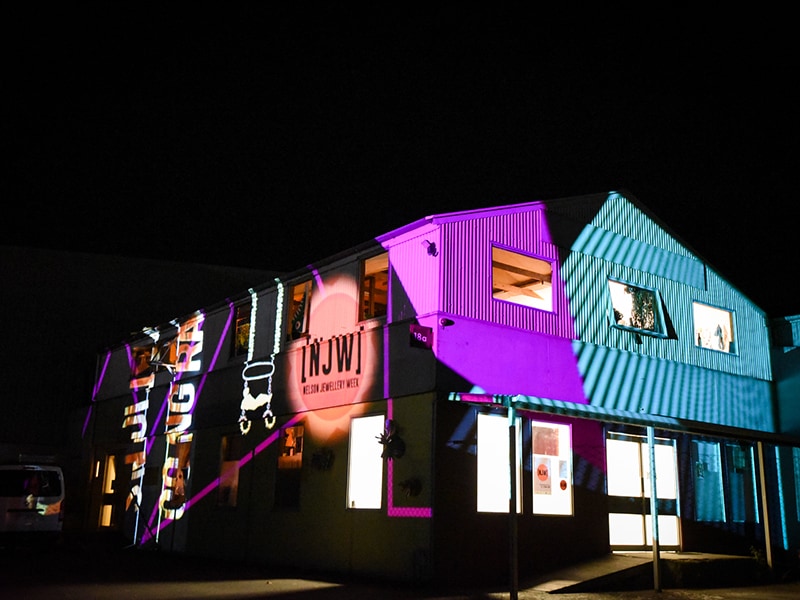
Vicki Mason: Tell us about the programmed event Buildings Need Jewellery. How did this initiative came about, how did it work logistically, etc.?
Kay van Dyk and Katie Pascoe: In the early 2000’s Stella Chrysostomou initiated Community Jewellery Projects where makers would come together for themed events related to jewelry. One was called Edible Jewellery, and one, initiated by Kay, was called Buildings Need Jewellery. It was a flop, with only Stella and me participating. In 2021 we reinstituted it and it has grown into an event imbedded into the program, project managed by Katie both years.
The project runs mainly as a community outreach program with local artists creating projections, sculptures, and interactive performances based on adornment and object wearing. In 2023 we received funding from Creative New Zealand and Nelson City Council to pay artists to produce work specifically for BNJ. National artists were selected from the EOIs involved this time around.
Katie Pascoe: In 2001, Kay said she would love to reignite the idea and I took up the challenge to manage the project. There was something in the concept of Buildings Need Jewellery that resonated with me. Firstly, I enjoyed the absurdity of the concept.But also, my father was an architect and he cultivated in me an appreciation of art and architecture. The project opens up a wider conversation about material culture and the relationship between objects and the body on a much larger scale.It definitely falls into the jewelry-adjacent category, and starts to consider object and sculpture.
I love the accessibility to art this project provides to viewers and the way artists get to reimagine how we view and use spaces within the city. Klaasz Breukel’s projections of artworks onto buildings have been greatly enjoyed both years. Highlights this year were Vernon Bowden’s A Tenth Ghost in Albion Square, Williams + Williams Creep and Glitter, the interactive Glitter Wall Signage in the doorway at Red Gallery, and Lee Woodman’s Laneway of Unreliable Artefacts.
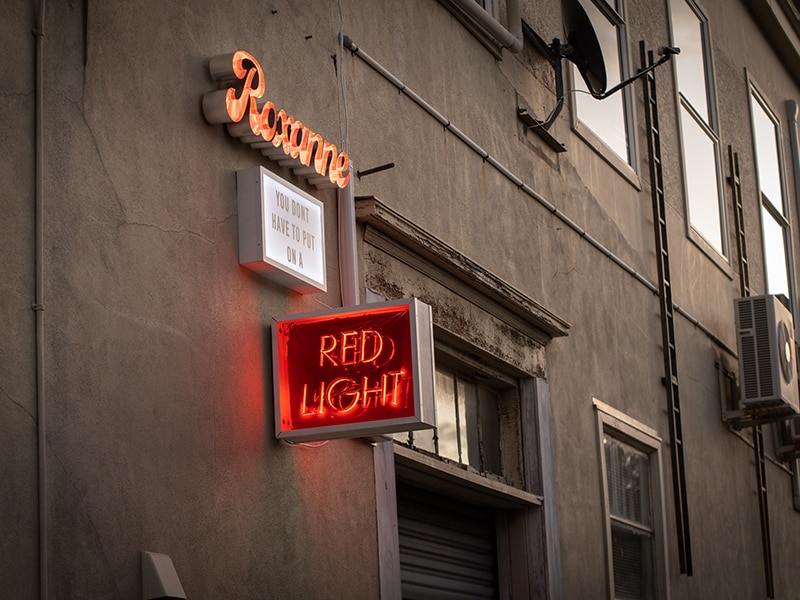
Vicki Mason: On your website you outline one of NJW’s aims as engaging with the broader public by inviting them to “view and participate in” your program of events. How did the public engage? Did you have a way of measuring this?
Kay van Dyk and Katie Pascoe: There were many events the public were able to view and participate in, including our “soft” opening event, Softly Softly, where galleries opened in the evening and people wandered the CBD viewing works; Evening Jewels tour where works in windows were viewed and artists talked about their exhibitions; evening projections onto buildings and works in windows allowed for incidental viewing of jewelry, as well an outdoor installation in a public reserve where people could view the work and take away a brooch; café and bar Arden hosted Mandy Flood’s fantastic project, A Jeweller’s Game, where people could borrow a brooch while they ate and drank at the venue. Becky Bliss’s golden badges found on pavements, Macarena Bernal’s link experience.
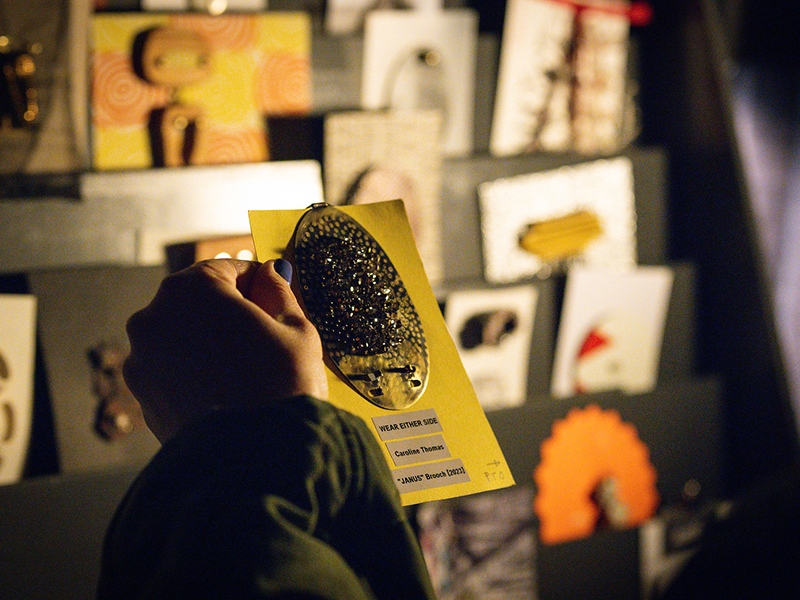
Katie Pascoe: These publicly accessible and accidental art encounters are important, especially the interactive ones, so people can experience jewelry as a wearer in an experimental way. This taps into jewelry as an art form meant essentially to be worn—and opens up a conversation: When we hold an object or put it on our bodies, how does that change us, or what does that say about us?
By having exhibitions outside of an art gallery and in windows or shops or nontraditional spaces, the threshold of experiencing art is lowered. This comes back to supporting a philosophy of the benefits of art beginning in our everyday lives and how it can change us and connect us, how we can see ourselves and view the places we interact differently, especially in a more playful and creative way.
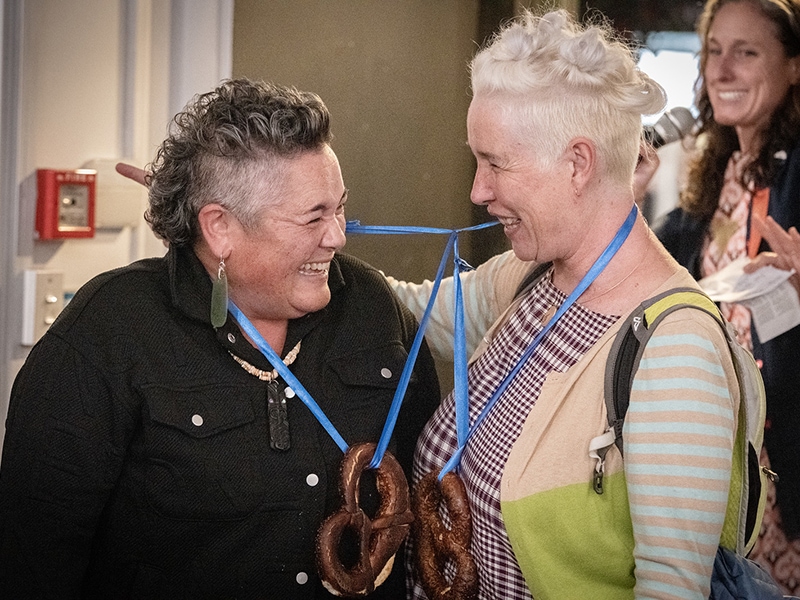
Vicki Mason: New Zealand jewelers punch well above their weight in the contemporary/art jewelry field on the world stage. Why might this be?
Katie Pascoe: That’s a big question! Maybe a review of Aotearoa contemporary jewelry practice needs to be done to answer it!
However some strengths come to mind. I think makers from Aotearoa naturally tap into the place we live. At times there’s a hyperlocality to the work that tells a story of living in this country in particular. There is something grounding in that. The exhibition Bone, Shell and Stone, in 1988, was a watershed moment for contemporary art practice in Aotearoa. It directly talked to living here on an island in the Pacific Ocean and allowed a different lens to view what is precious, and opened up a conversation around materiality in particular.
There are some amazing individuals in the contemporary jewelry community—such as Alan Preston, Areta Wilkinson, Warwick Freeman, Lisa Walker, Karl Fritsch—who show a passion and commitment to their artistic practice and keep doing amazing work that is celebrated both nationally and on a world stage. This is of huge benefit to our community. They also happen to be generous individuals who give back to the community and have supported new makers coming up.
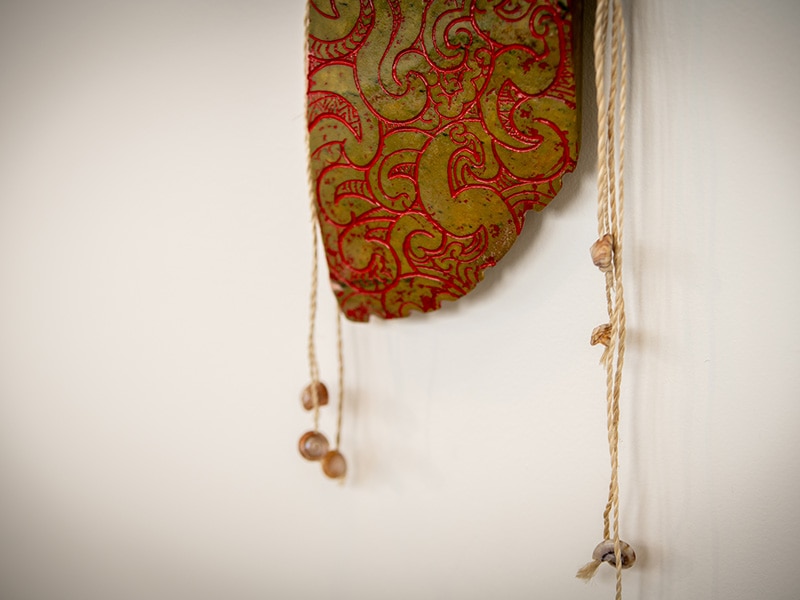
Collaborative artist-run spaces—like Fingers, in Tamaki Makarau Auckland, which started in 1974—have cultivated and supported artist practices. Fingers is about to celebrate its 50th birthday this year. Ngā mihi nui to them, that’s a huge achievement. Galleries like The Dowse, Objectspace, Masterworks, The National, and recently Season and The Jewel and The Jeweller play an important part in supporting and promoting art and craft in Aotearoa, especially contemporary jewelry practices.
In the last decade, The Handshake Project has supported and fostered artistic development through their mentoring and exhibition-based program (success accounts for a large part of this over the past 10 years) where artists’ works have been taken out of NZ and onto the world stage at Talente, Schmuck, and Munich Jewellery Week.
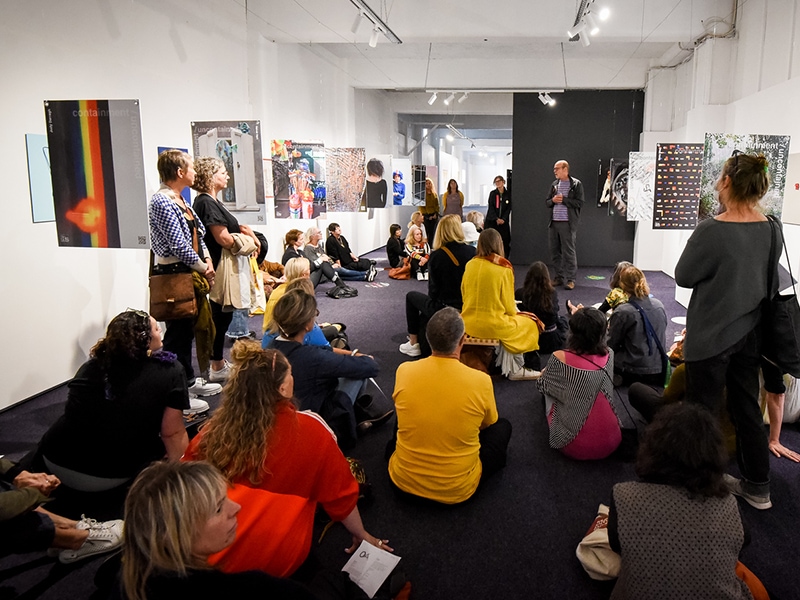
Vicki Mason: Your program ran over 10 days, including what looked to be an intensive weekend program the first weekend. Have you had a chance to speak with participants regarding the length and format of the program?
Kay van Dyk and Katie Pascoe: Feedback in 2021 asked that we include more workshops over a longer period, so we programmed them over two weekends. There’s only one large jewelry workshop in Nelson, at Nelson Marlborough Institute of Technology.
Anecdotal feedback regarding the mix of workshops, public talks, artist talks, and social events (pin swap, gig/dancing) is positive. People are coming from all over NZ and want opportunities to socialize and catch up with each other—many studied together. NZ jewelry people are incredibly supportive and generous, plus they’re super fun and love a good party.
This year’s program felt big! Given our very small operating team, we are reconsidering a seven-day format to keep the energy sustainable.

Vicki Mason: I hope you now own some new jewels as a result of the week. Tell us about some of your recent acquisitions!
Katie Pascoe: NJW made a collector out of me. Purchasing pieces was a way to remember this year’s festival. Highlights include a Jane Dodd Unbell brooch; Kay and I both invested in a brooch each that we can swap. It was such an honor to have Jane Dodd host a workshop, as well as participate in an exhibition in conjunction with Anna Wallis, hosted by The National and Palm Boutique. I also love my Vanessa Arthur’s Wayfinder earrings and Marilyn Jones’ soft all-seeing eye from The Jewel and The Jeweller’s Buffet Showcase. I ended up acquiring two of the brooches from A Jeweller’s Game—the understated hard-lined beauty of Denise Callan’s Remnant Brooch and Amelia Rothwell’s all-softness Pillow Brooch. Alongside these, NJW artists offered some great gem finds, including Becky Bliss’s golden badge, Sarah Read’s Joy Pin, and Vernon Bowden’s Marble Chip Brooch. I am happily wearing all of these while I, Object, by Stella Chrysostomou, offers the perfect post-festival jewelry object reading material.
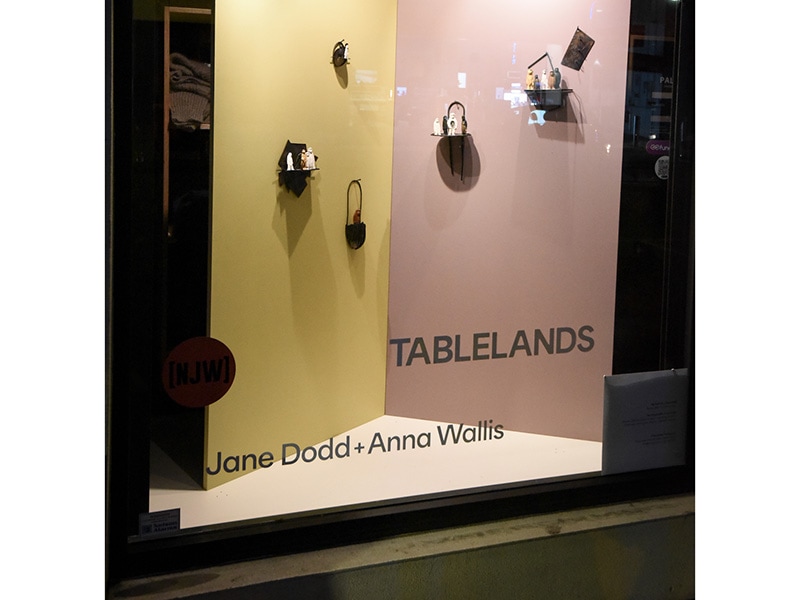
Kay van Dyk: I coveted Raewyn Walsh’s rhinestone pumice brooch from the minute I saw it. Jane Dodd’s Unbell brooch, a much-loved favorite that I call my “wee guy,” full of charm and character. Occupation: Artist’s badge. Vernon Bowen’s pin. Sharon Fitness gifted Katie and I an interactive necklace each; mine has a switch, I strung it on lilac cord. Mandy Flood’s steel and enamel brooch (won in the pin swap). I’ve gone on to purchase two more pieces since NJW. Like Katie, a new wave of collecting has come over me!
Vicki Mason: Thank you for talking about the event!
